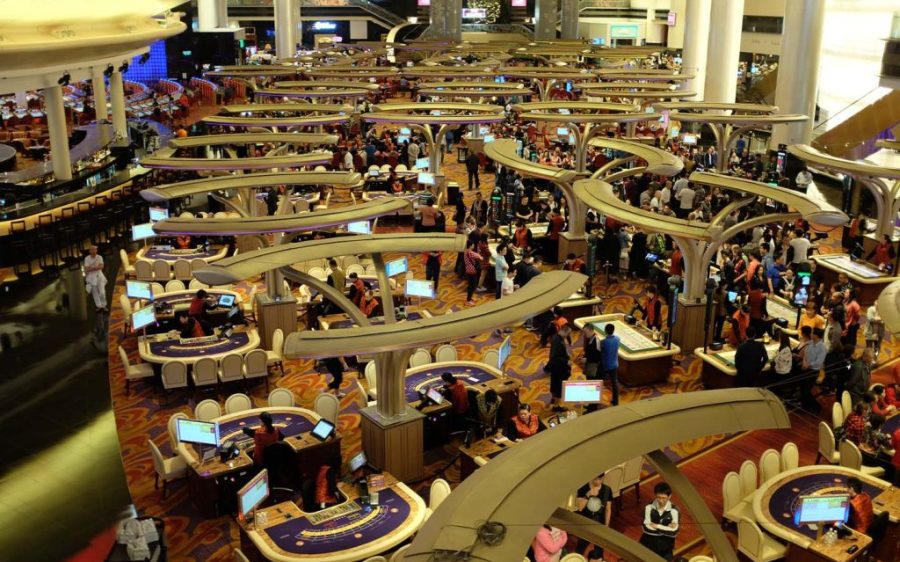In a research note published last week, brokerage house CLSA noted that the climbing gap between China’s Producer Price Index (PPI) and Purchasing Price Index for Raw Materials (PPIRM) has acted as an early barometer for annualised changes in Macao gross gaming revenue (GGR) with a lead time of about six months.
The finding comes amid a year of fluctuating sentiment. First-quarter revenue growth of less than 1 percent prompted a string of downgrades, as investors contended with Washington’s “reciprocal tariffs” in April and the government’s revised budget, which saw it lower the 2025 gaming forecast from 240 billion patacas to 228 billion patacas.
But following two months of robust revenue prints, the market tone has become more upbeat, prompting debate over whether the sector is approaching an inflection point and if the structural pivot is sustainable. CLSA maintains its GGR projection and expects August’s figures to come in at 21.8 billion patacas (US$2.7 billion), representing growth of 10 percent and extending the summer momentum.
“Speaking to investors, this is their top focus,” says Jeffrey Kiang, equity analyst at CLSA, in a conversation with Macao News. He notes that while the correlation between industrial profitability and GGR is interesting, it is not the most critical macro variable to watch.
[See more: GDP grew 5.1 percent in the second quarter, reversing an earlier contraction]
The recent pickup in gaming revenues could be a response to an improving economic landscape, which is being reflected in the PPI and PPIRM barometers. China’s second quarter GDP growth of 5.2 percent came in ahead of expectations, helped in part by front-loaded industrial activity and a household trade-in scheme that was launched in March of last year, according to market experts.
The PPI-PPIRM spread acts as a crude proxy of industrial profitability, where a positive reading number implies that factory prices are rising faster than the costs that go into those goods sold. Starting from December, spreads have narrowed from -1.15 percentage points to a +1.00 in June, breaching zero in May, according to back-testing analysis by CLSA, noting the overlapping recovery in GGR during that period.
While the correlation is worth highlighting, Kiang says currency strength matters more, with the yuan a key driver of market valuations. CLSA’s report showed that from January to November 2017, the yuan’s four percent appreciation against the US dollar coincided with a 24 percent increase in daily gaming revenue. Conversely, when the currency declined by 10 percent during the eight-month period leading up to December 2019, daily gaming revenue fell by 15 percent.
Wealth effect
Alongside currency gains, CLSA expects recovering property prices to trigger a sector-wide upgrade, creating a wealth effect that could boost still-lagging consumer confidence. Nascent optimism has emerged across equity bourses, with Hong Kong’s Hang Seng Index returning nearly thirty percent year-to-date.
A surge of capital has flowed into local stock markets, pushing down Hong Kong’s HIBOR rates (the benchmark interbank lending rate), discouraging savings and driving investors to seek higher returns elsewhere.






